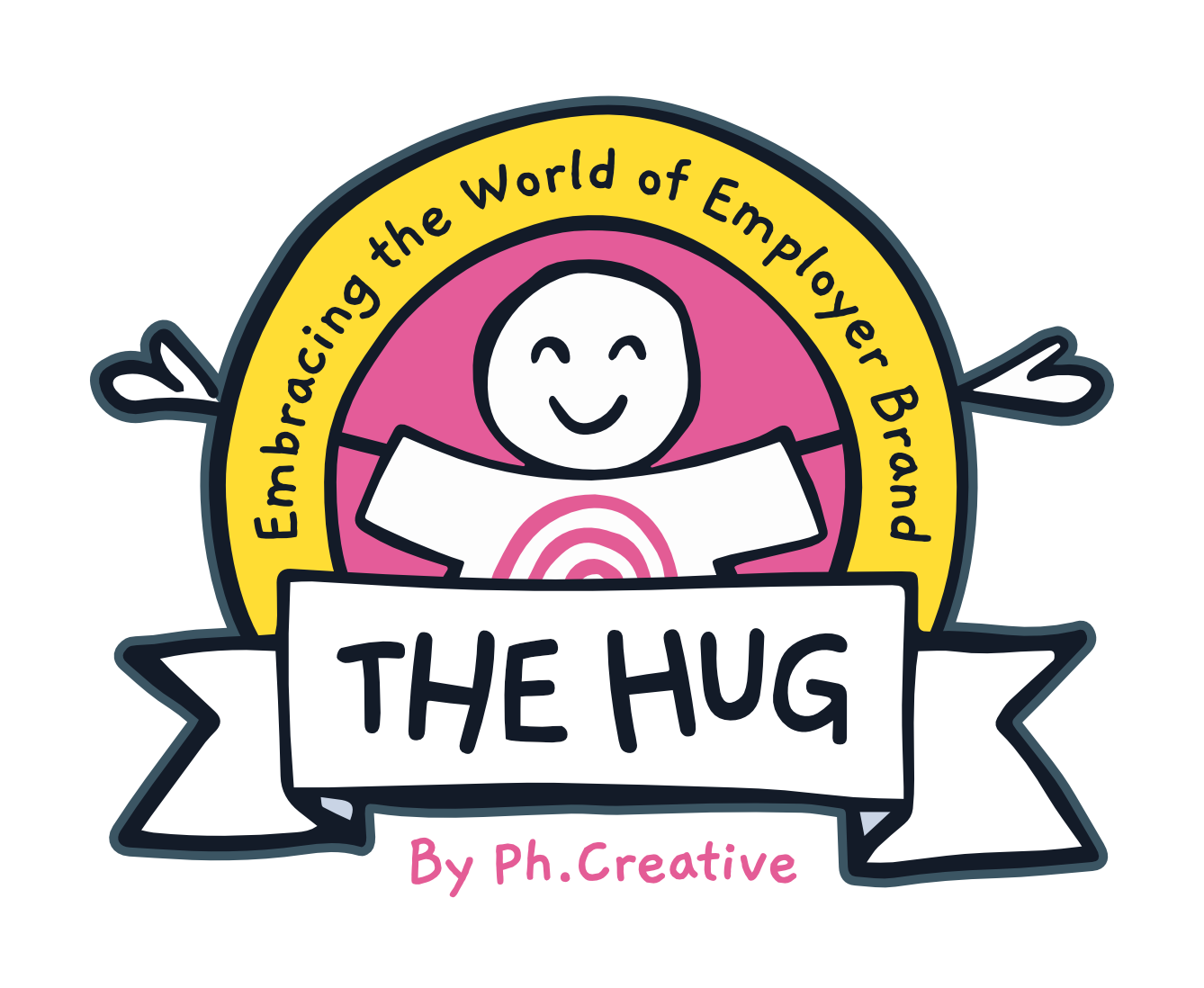How to improve getting a project right first time
The most important part of any project is ‘the brief’
If there is no brief, then the output and deliverables will not be right first time, every time. Resulting in a frustrated client and a frustrated delivery team, not to mention missed deadlines and budget overspend. Here are some thoughts and tips on how you can improve this part of any project to increase the chances of getting your project right the first time around.

The purpose of the brief
The brief should provide absolute clarity at the beginning of a project. What is the problem you are trying to solve and what are the expected outputs? It should also define clear goals, key results, deadlines and budget. It needs to be brief, (hence the name), concise and practical.
How often when producing any digital output, whether it’s a piece of design, copy or code does it need tweaking? Or worse still it’s completely missed the brief? If your answer is ‘far too often’ then read on…
There can be different types of briefs depending on whether it’s strategic, creative or technical. I recommend you should have one briefing document that works for all. Create a ready-made briefing template to cover all bases, to save time.
Understanding the brief
Sometimes a brief can fall down if it’s only communicated verbally because you’re relying on those listening to remember everything that’s been said. Those listening then pass on the brief verbally too, and so you end up with Chinese whispers and an entirely different outcome to the one that you wanted.
Then there’s the interpretation of the brief. How one person understands it may differ from someone else. For example, I need a mode of transport creating. I ask the team to build a car, and I need it in 3 months. No one asks why. Or what colour, what size engine, how many doors or seats. They wander off and return on deadline day with a yellow three-wheeler Reliant. Lovely jubbly? Nope.
Henry Ford’s famous quote comes to mind - “If I had asked people what they wanted, they would have said faster horses.” So I feedback my frustration that I wanted four wheels and a black car. And then they go to the other extreme, and I get the Batmobile…
My point is I’ve not been as specific as I should have been, but neither was I asked for more specific information. I presumed the team would know what I want. Why? They’re not mind-readers. However, the team should ask questions and deep dive into the brief to gather as much information as possible.
Show what great looks like
The quality of the deliverable is where a client can become underwhelmed and begin to lose faith in you and your team’s ability to deliver. They start to think you haven’t listened or failed to deliver on your promise. You’re then on the back foot.
I tell this story often here at Ph. I watched a documentary about the most expensive cruise liner in the world where the passengers were waited on hand and foot and lived a life of luxury. The catering director of the ship had pulled the catering team, including the head chef, into his office. He showed them a cake on a plate, which didn’t look that appetising, stating their passengers were paying £28 for this small slice of cake. He then showed them a photograph he’d taken of the same cake as featured in the cruise liner’s sales brochure. Pointing to the plate, he asked ‘Does this cake in the picture look like this one?’ The head chef shook his head while the rest of his team stood in silence. The director then asked them to leave. He didn’t have to say anything else. That photograph was the standard of what was expected, nothing less. He showed them what great looked like.
Showing your client examples of what can be achieved and what it may look like can help because the expectations are then set from the very beginning.
Over-communicate with regular check-ins
Radio silence and leaving clients in the dark only makes the experience worse. Regular check-ins with the team and with the client are a must in my eyes. Take the cruise liner as an example. If the ship on its journey goes one degree off course, early on, then it’s likely it will not reach its final destination. However, with regular check-ins, the ship’s course will be readjusted to bring back on track. It’s much easier to adjust by one degree rather than 45 degrees.
Asking a client if you’re heading in the right direction during a project is better than asking them, at the end, “Is this what you wanted?”
Project teams having daily huddles or scrums, whatever you want to call them, brings everyone involved up to speed on where things are up to and highlights any issues. Questions for the client may be highlighted during these meetings too. Better still, the team work together to solve a problem and collaborate effectively. Working in a silo is a recipe for disaster.
Accountability for the brief
It would be best if you had someone to take ownership of this part of the project. It could be a Project Manager or an Account Manager as long as someone is owning and leading it. Everyone on the team is responsible for the delivery and should be held accountable. Meeting the brief, sticking to budget and meeting deadlines is vital. If everyone on the project has accepted the brief, then everyone is accountable.
Useful Tips
To summarise, here are some tips on how to improve getting a project right the first time:
Tip #1: Complete a briefing document. Our briefing document covers many areas of services and teams.
This example covers creative and copy:
- Background: Briefly introduce the client, what they do and the details of the project that the work will be part of. Explain the context of this project, from a business or marketing POV - why are we doing it? What problem or opportunity are we trying to solve? Is there any other campaign activity we need to know about?
- Objectives: What does the work need to achieve by when to whom? Explain any key challenges/opportunities surrounding the project. What must be communicated? How will success be measured? Clicks? Downloads? Enquiries? Applications?
- Deliverables: What needs to be delivered? Give as much detail as possible, clearly and concisely. Use bullet points to add clarity. Name the assets and channels. Social? Web? Print? Video? Is there a specific tone of voice/style to be used?
- The audience: Who is the copy talking to, who are the specific audiences? What do we know about them? Attach personas or research. How will they interact with this work and in what context? Who are internal audiences/stakeholders?
- Key message: What is the one thing we want our audience to think, feel and do? What is the thrust of the copy and the overall point that the copy needs to make?
- Mandatories: What must be included?: Outline anything that has to be included, such as a strapline, URL, phrase or name.
- Food for thought: Give an idea of what the solution could look like, if possible. It will help with direction and save time. Has the client suggested other work that they like or want to use as a reference point?
- Deadline: When’s your deadline? When do you need this to be live or with customers?
- Budget: What is the amount of budget available and how it may split between tasks, e.g. creative vs media etc.
- Anything else? Include any relevant/supporting information. For example, brand guidelines, other stakeholders to be aware of. Do you need to provide any copyright information or any other dependencies?
Tip #2: Playback the brief to the client. You’re making sure you and your team are all on the same page with what the client wants. It is the opportunity to align and agree on the deliverables. So, misinterpreting the brief can be avoided.
Tip #3: Interrogate the brief. Ask questions if you’re not 100% sure. For example, the client mentions a URL. Is there an SSL certificate to consider too? Who owns and controls the domain name? It’s also an opportunity for you to add more value and innovation. Ask, Why? What’s the purpose?
Tip #4: Show what great looks like, show examples. As mentioned earlier, this can help the team visualise the outcome and give more precise direction.
Tip #5: Over communicate. Have regular check-ins, ideally face to face if possible. Show progress and highlight any issues as early as possible. Work as a team to solve these problems and deliver excellent output.
Tip #6: Take ownership. The head chef I mentioned earlier was held accountable to the catering director. It’s his job to ensure his team delivered. Assign an owner to the brief and ensure that each member of the team know what they’re responsible and accountable for. Take ownership.
Finally…
Enjoy it! As the Defenders of Happiness here at Ph.Creative, we believe everybody should love their job. Great processes, communication and leadership all contribute to delivering fantastic work.
Sign up to our blog

Every other Thursday we share:
✔ One feature full of our freshest insights
✔ An expert hack you'll love to use
✔ The links you need now
+ other helpful bits for thousands of EB and TA pros just like you